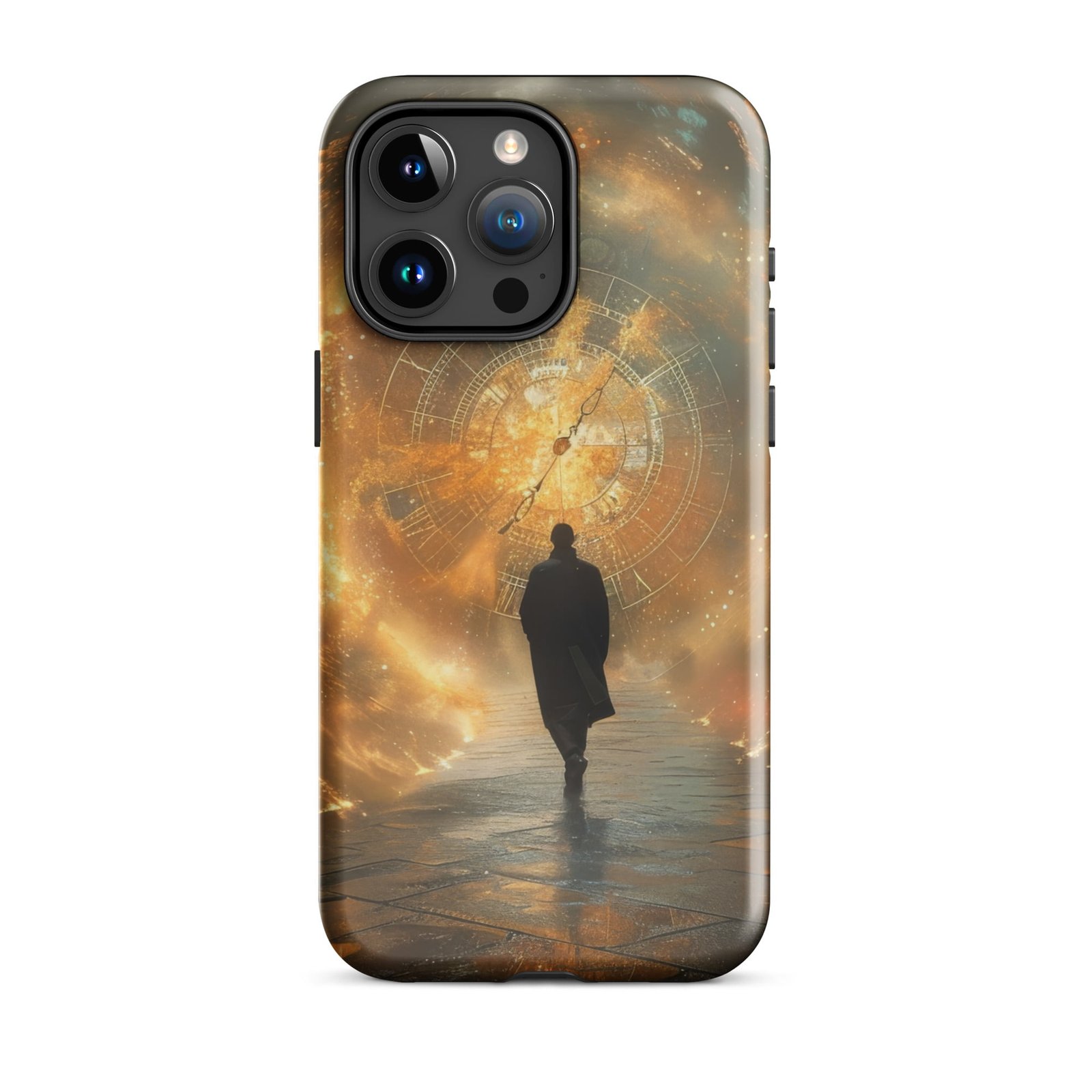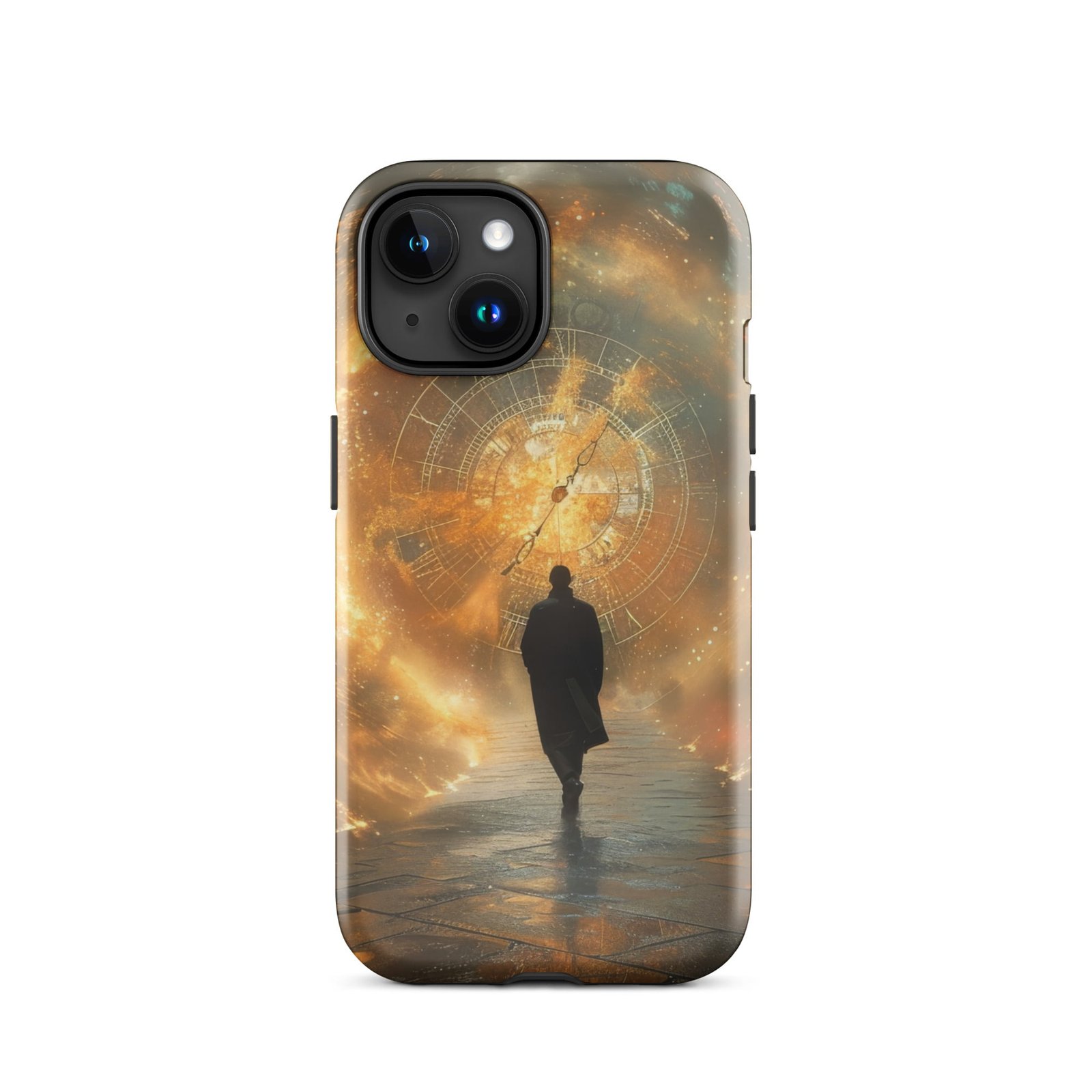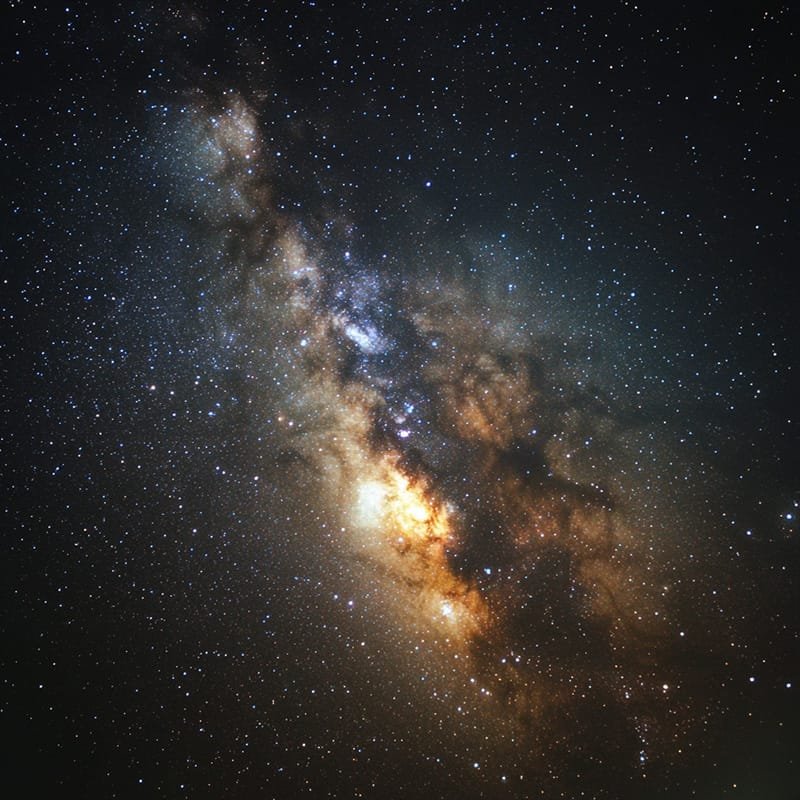Neptune, the eighth and farthest known planet from the Sun in our solar system, is a fascinating celestial body that has captured the curiosity of scientists and astronomers for centuries. It was discovered in 1846 by French mathematician Urbain Le Verrier and English astronomer John Couch Adams through mathematical calculations based on irregularities in the orbit of Uranus. Neptune is named after the Roman god of the sea due to its striking blue color, which is caused by the presence of methane in its atmosphere.
Neptune is a gas giant, similar to its neighbor Uranus, and is composed primarily of hydrogen and helium. It has a diameter of about 30,775 miles (49,528 kilometers), making it the fourth largest planet in terms of size. Its mass is 17 times that of Earth, making it the third most massive planet in our solar system. Neptune has a unique feature called the Great Dark Spot, which is a storm system similar to Jupiter’s Great Red Spot. However, unlike Jupiter’s storm, the Great Dark Spot on Neptune has been observed to disappear and reappear over time.
Studying Neptune is crucial for scientific research as it provides valuable insights into the formation and evolution of our solar system. By studying its composition, atmosphere, and magnetic field, scientists can gain a better understanding of how planets are formed and how they interact with their surroundings. Additionally, studying Neptune’s moons and rings can provide clues about the processes that occur during the formation of planetary systems.
Key Takeaways
- Neptune is the eighth planet from the sun and is the fourth largest planet in our solar system.
- The distance between Earth and Neptune is approximately 2.7 billion miles, making it difficult to see without a telescope.
- Neptune’s distance from Earth, combined with its small size and low brightness, make it challenging to spot with the naked eye.
- Compared to other planets, Neptune is smaller and less bright, but its blue color makes it unique and recognizable.
- Atmospheric conditions, such as light pollution and weather, can affect the visibility of Neptune, making it important to choose the right time and location for viewing.
Understanding the distance between Earth and Neptune
The distance between Earth and Neptune is vast, making it challenging to observe with the naked eye. Astronomers use astronomical units (AU) to measure distances in space. One AU is defined as the average distance between Earth and the Sun, which is about 93 million miles (150 million kilometers).
Neptune is located about 30 AU from the Sun, which means it is approximately 2.8 billion miles (4.5 billion kilometers) away from Earth at its closest point. This immense distance makes it difficult to observe Neptune without the aid of telescopes or other advanced equipment.
To put this into perspective, if we were to scale down the distance between Earth and the Sun to one inch (2.54 centimeters), Neptune would be located about 30 feet (9 meters) away. This vast distance highlights the immense scale of our solar system and the challenges astronomers face when studying objects that are so far away.
Factors that make it difficult to see Neptune without a telescope
There are several factors that make it difficult to see Neptune without the aid of a telescope. Firstly, as mentioned earlier, Neptune is located at a considerable distance from Earth. This means that even though it is a large planet, it appears relatively small when viewed from our planet.
Secondly, Neptune is not very bright compared to other planets in our solar system. Its blue coloration is caused by the absorption of red light by methane in its atmosphere, which makes it appear dimmer than planets like Venus or Jupiter, which reflect more sunlight.
Lastly, light pollution and atmospheric conditions on Earth can also hinder visibility of Neptune. Light pollution from cities and towns can wash out the faint light emitted by distant objects like Neptune, making it even more challenging to see with the naked eye. Additionally, atmospheric conditions such as haze or clouds can further obscure the view of distant objects in the night sky.
The size and brightness of Neptune compared to other planets
Neptune is the fourth largest planet in our solar system, with a diameter of about 30,775 miles (49,528 kilometers). However, despite its size, it is not as bright as other planets due to its distance from the Sun and its composition.
When comparing the brightness of planets in our solar system, Venus is the brightest, followed by Jupiter and then Mars. Neptune, on the other hand, is much dimmer due to its distance from the Sun and its low reflectivity. Its blue coloration caused by methane in its atmosphere also contributes to its dim appearance.
The combination of Neptune’s distance from Earth, its small size relative to other planets, and its low brightness make it challenging to see without the aid of a telescope. However, with the right equipment and optimal viewing conditions, it is possible to observe this distant planet.
The role of atmospheric conditions in viewing Neptune
Earth’s atmosphere plays a significant role in the visibility of celestial objects like Neptune. The Earth’s atmosphere scatters and absorbs light, which can affect the clarity and brightness of objects in the night sky.
When observing Neptune from Earth, the light emitted by the planet has to pass through our atmosphere before reaching our eyes. This can cause distortion and reduce the clarity of the image. Additionally, atmospheric conditions such as haze or clouds can further obstruct the view of distant objects.
To overcome these challenges, it is important to choose optimal viewing conditions for observing Neptune. This includes finding a location with minimal light pollution and clear skies. Observing from a dark sky site away from city lights can greatly enhance visibility. Additionally, choosing nights with stable atmospheric conditions and minimal cloud cover can also improve the viewing experience.
Tips for spotting Neptune with the naked eye

While it is challenging to see Neptune with the naked eye, it is not impossible under optimal conditions. To spot Neptune in the night sky, it is important to know where and when to look.
Neptune can be found in the constellation Aquarius, which is located in the southern hemisphere of the sky. It is best observed during its opposition, which occurs when it is directly opposite the Sun in our sky. During opposition, Neptune is at its closest point to Earth and is fully illuminated by the Sun, making it easier to spot.
To locate Neptune, it is helpful to use a star chart or a smartphone app that can show the positions of celestial objects. Look for the constellation Aquarius and try to find the bright star Fomalhaut. Neptune will appear as a faint blue dot near Fomalhaut.
It is important to note that even under optimal conditions, Neptune will still appear as a small dot of light and may be difficult to distinguish from other stars. Patience and careful observation are key when attempting to spot Neptune with the naked eye.
The use of binoculars to enhance visibility of Neptune
Binoculars can be a useful tool for stargazing and can greatly enhance the visibility of celestial objects like Neptune. They provide a wider field of view compared to telescopes, making it easier to locate and track objects in the night sky.
When using binoculars to observe Neptune, it is important to stabilize them by using a tripod or resting them on a stable surface. This will help reduce hand shake and improve image stability. Additionally, using higher magnification binoculars can provide a clearer view of Neptune and make it easier to distinguish from other stars.
To locate Neptune with binoculars, follow the same steps as when observing with the naked eye. Use a star chart or smartphone app to find the constellation Aquarius and look for Fomalhaut. Once you have located Fomalhaut, scan the area around it with your binoculars, and you may be able to spot Neptune as a small blue dot of light.
The benefits of using a telescope to see Neptune
While it is possible to observe Neptune with binoculars, using a telescope can provide even greater detail and clarity. Telescopes allow for higher magnification and better resolution, making it easier to see the distinct features of the planet.
There are different types of telescopes available, including refracting telescopes, reflecting telescopes, and compound telescopes. Refracting telescopes use lenses to gather and focus light, reflecting telescopes use mirrors, and compound telescopes combine both lenses and mirrors.
When choosing a telescope for observing Neptune, it is important to consider factors such as aperture size, focal length, and magnification. Larger aperture sizes allow for more light gathering, which can improve visibility of faint objects like Neptune. Longer focal lengths can provide higher magnification, allowing for a closer view of the planet.
It is also important to consider the quality of the telescope’s optics and the stability of its mount. High-quality optics can provide sharper images with better contrast, while a stable mount can help reduce vibrations and improve image stability.
Interesting facts about Neptune and its unique characteristics
Neptune is a fascinating planet with many unique characteristics that make it worth studying. Here are some interesting facts about Neptune:
1. Composition: Neptune is primarily composed of hydrogen and helium, similar to other gas giants in our solar system. However, it also contains trace amounts of methane, which gives it its distinctive blue color.
2. Moons: Neptune has 14 known moons, the largest of which is Triton. Triton is unique among moons in our solar system as it orbits in a retrograde direction, opposite to the rotation of its parent planet.
3. Rings: Like other gas giants, Neptune has a system of rings surrounding it. These rings are made up of dust particles and ice chunks ranging in size from micrometers to kilometers.
4. Magnetic field: Neptune has a strong magnetic field that is tilted at an angle of about 47 degrees relative to its rotation axis. This creates auroras similar to Earth’s northern and southern lights.
5. Great Dark Spot: Neptune has a storm system called the Great Dark Spot, similar to Jupiter’s Great Red Spot. However, unlike Jupiter’s storm, the Great Dark Spot on Neptune has been observed to disappear and reappear over time.
Studying Neptune and its unique characteristics can provide valuable insights into the formation and evolution of our solar system. By understanding the processes that occur on this distant planet, scientists can gain a better understanding of how planets form and how they interact with their surroundings.
The importance of observing and studying Neptune for scientific research
In conclusion, Neptune is a fascinating planet that offers valuable insights into the formation and evolution of our solar system. Despite its distance from Earth and its dim appearance, studying Neptune provides scientists with valuable data about the composition, atmosphere, and magnetic field of gas giants.
By observing Neptune, scientists can gain a better understanding of how planets are formed and how they interact with their surroundings. Additionally, studying Neptune’s moons and rings can provide clues about the processes that occur during the formation of planetary systems.
While observing Neptune with the naked eye is challenging, it is not impossible under optimal conditions. By following the tips mentioned in this article and using binoculars or telescopes, it is possible to catch a glimpse of this distant planet.
So, next time you find yourself gazing up at the night sky, take a moment to appreciate the wonders of our solar system and consider the vastness of space. By exploring and studying celestial objects like Neptune, we can continue to unravel the mysteries of our universe.
If you’re fascinated by the wonders of the universe, you’ll definitely want to check out The Universe Episodes blog. In their latest article, they delve into the mysteries of our solar system and explore the possibility of life on other planets. One particularly intriguing post discusses the incredible discovery of exoplanets and how they are expanding our understanding of the cosmos. If you’re curious about what lies beyond our own solar system, this article is a must-read. Check it out here!
FAQs
What is Neptune?
Neptune is the eighth and farthest known planet from the Sun in the Solar System. It is a gas giant, similar in composition to Uranus.
Can Neptune be seen with the naked eye?
No, Neptune cannot be seen with the naked eye. It is too far away and too dim to be visible without the aid of a telescope.
What is the best way to see Neptune?
The best way to see Neptune is through a telescope. A telescope with a diameter of at least 8 inches is recommended to get a good view of the planet.
When is the best time to see Neptune?
The best time to see Neptune is during its opposition, which occurs once every 368 days. During opposition, Neptune is closest to Earth and appears brightest in the sky.
Can Neptune be seen from anywhere on Earth?
Yes, Neptune can be seen from anywhere on Earth, as long as the sky is clear and there is no light pollution. However, it is easier to see from locations with less light pollution and a clear view of the horizon.
What is the distance between Earth and Neptune?
The distance between Earth and Neptune varies depending on their positions in their respective orbits. At their closest approach, Earth and Neptune are approximately 2.7 billion miles apart. At their farthest, they are approximately 2.9 billion miles apart.
























